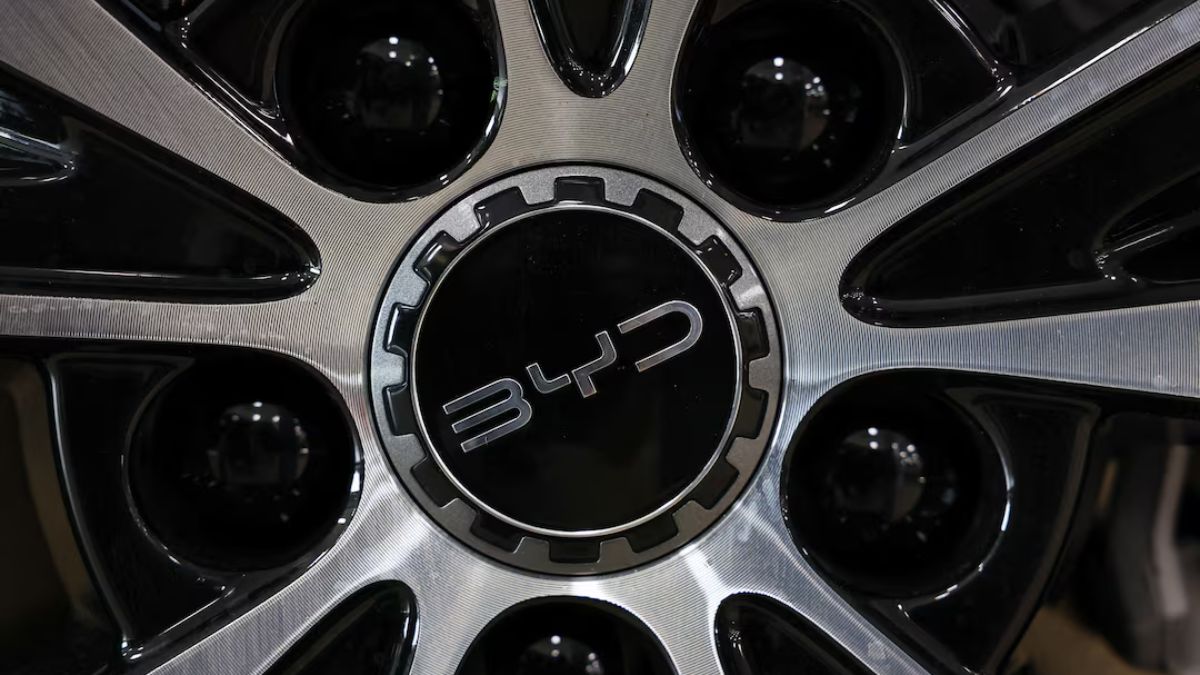Necessary Always Active
Necessary cookies are required to enable the basic features of this site, such as providing secure log-in or adjusting your consent preferences. These cookies do not store any personally identifiable data.
|
||||||
|
||||||
|
||||||
|

Chinese automakers outsold Renault and Audi in Europe in August 2025. According to Reuters, the boom in Chinese vehicles was driven by plug-in hybrid sales. Data from JATO Dynamics showed Chinese car brands sold over 43,500 units in Europe, representing a 121% year-on-year increase in August.
Chinese car sales exceeded the volumes sold by individual European brands in the same month. Audi sales were slightly lower at 41,300 units, while those of Renault stood at 37,800 units. While new car registrations by Chinese brands comprise 40 different companies, BYD, MG, Leapmotor, Omoda, and Jaecoo accounted for 84% of the total sales.
Europe recorded a significant growth in hybrid electric vehicles sales. Overall, PHEV sales across 28 European countries rose by 59% to reach a high of about 84000. Out of this, 11,000 units were manufactured by Chinese automakers with BYD’s Seal U, SAIC’s MG HS, and Chery’s Jaecoo J7 being among the best-selling PHEVs.
“European consumers are responding positively to the growing, competitive line-up from China’s car brands. It appears that these brands have successfully tackled the perception and awareness issues they have experienced,” Global Analyst at Jato Dynamics Felipe Munoz said.
Chinese car makers have been ramping up the exportation of hybrid electric vehicles (HEVs) and plug-in hybrid vehicles (PHEV) to Europe. In 2024, BYD announced that it would start selling PHEVs in Europe.
Europe’s plug-in hybrid boom was driven by rising demand. PHEVs are powered by a mix of electricity and gasoline. The vehicles are gaining popularity in Europe due to their affordable compromise between all-electric and all-combustion vehicles.
As Chinese automakers expanded their market share in Europe, new registrations of Tesla’s Model Y dropped by 38% in the month under review. However, the vehicle maintained its position as Europe’s most preferred EV this year. In July 2025, Tesla sales in Europe plunged despite a 5.9 rise in new electric vehicle registrations in Europe. Tesla’s market share in the region shrunk for the seventh month as the U.S. EV maker trailed Chinese competitor, BYD.
New registration of battery electric vehicles (BEV) in Europe also rose 27% in August 2025 compared to the same period a year ago. This led to a 3.6% growth of BEV market share in the region, placing it at 20.2%. Overall, a total of 1.54 million BEVs have been sold in Europe since the beginning of 2025.
“The data shows that there was strong demand for BEVs in August, however a 27% increase is less significant than it looks when you consider how widely they are being promoted across Europe. The new record market share for BEVs achieved last month has been partly distorted by the fact that Italy, typically a less enthusiastic adopter of BEVs, is usually quiet during August,” Global Analyst at Jato Dynamics Felipe Munoz said.
Chinese automaker BYD has been growing its BEV production capacity over the years. In 2023, BYD beat Tesla in BEV production after it manufactured over 3 million units of battery-powered and hybrid cars compared to Tesla’s 1.84 million units.
Europe recorded a total of 790,177 new vehicle registrations in August 2025. This represents a 5% increase year-on-year. This growth was largely driven by rising demand in Germany, Spain, Poland, and Austria.
In October 2024, the EU imposed tariffs on China-made EVs following an anti-subsidy investigation. Tariff rates ranged from 7.8% for Tesla to 35.3% for Chinese automakers like SAIC, in addition to the standard 10% import tariff.
In the face of these tariffs, Chinese automakers plan to set up EV infrastructure in Europe. At the beginning of September 2025, BYD announced plans to manufacture all EVs for sale in Europe locally by 2028. In 2024, BYD entered a $1 billion deal to set up an EV plant in Turkey as part of its wider strategy to expand beyond China’s borders.